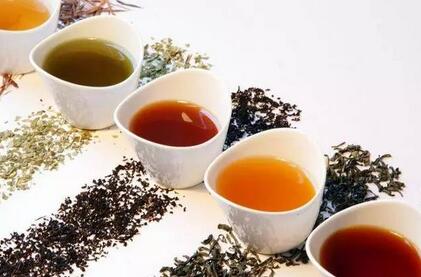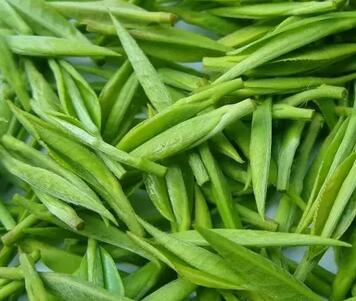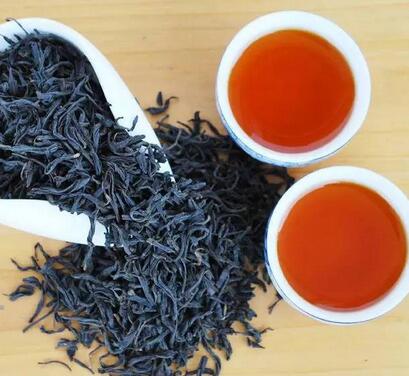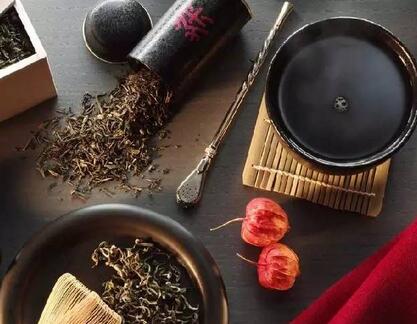Fermented tea is a type of tea produced through a specific fermentation process, where tea leaves undergo withering, rolling, fermentation, and drying to form raw tea, which is then refined. Based on the degree of fermentation, fermented tea can be classified into lightly fermented tea, semi-fermented tea, fully fermented tea, and post-fermented tea.

Lightly Fermented
Lightly fermented tea, such as green tea, skips the fermentation process, retaining a natural, refreshing taste. However, it is relatively cooling and not suitable for long-term consumption despite its heat-clearing properties.

Semi-Fermented
Semi-fermented tea undergoes 20% to 70% fermentation, with examples like Tieguanyin and Wuyi tea. It contains higher levels of polyphenols, aldehydes, and alcohols, which may irritate the stomach for those with digestive issues. Additionally, its caffeine and aromatic compounds can stimulate the central nervous system, making it unsuitable for those with insomnia or cardiovascular conditions, especially when consumed on an empty stomach or before bed.

Fully Fermented
Fully fermented tea reaches 100% fermentation, resulting in a distinct red or deep red color when brewed. It offers a rich, smooth flavor but may leave heavier tea stains.

Post-Fermented
Dark tea is a post-fermented tea that undergoes pile-fermentation, a key step where microbes transform its compounds, creating a mellow taste and health benefits like weight management and improved metabolism. Rich in tea polysaccharides, it is considered a low-caffeine beverage that doesn’t disrupt sleep, making it suitable for daily consumption.
